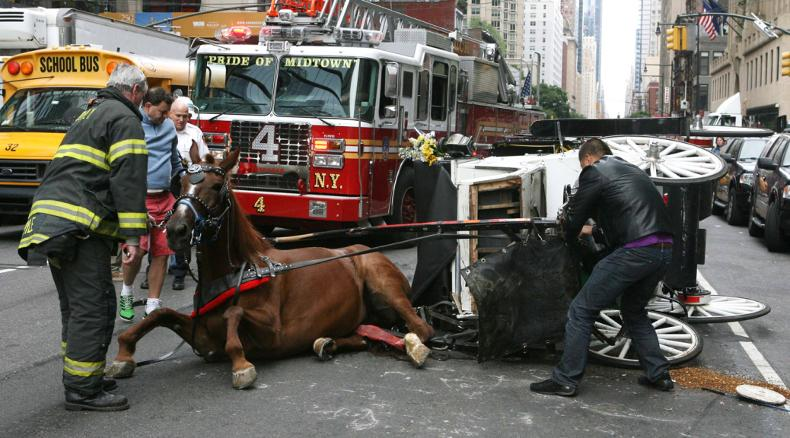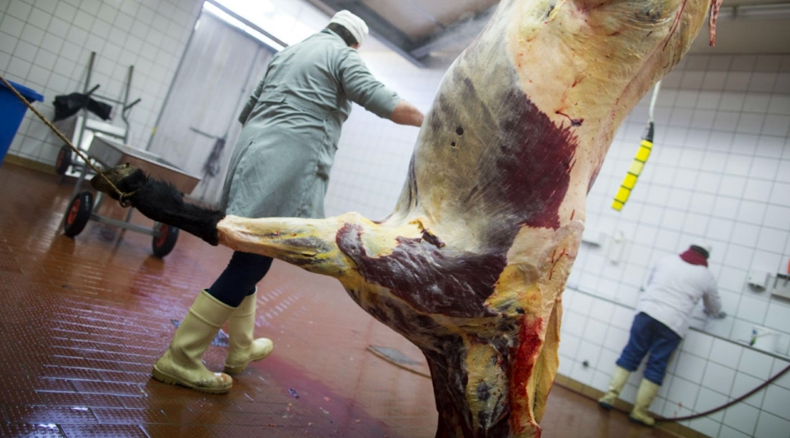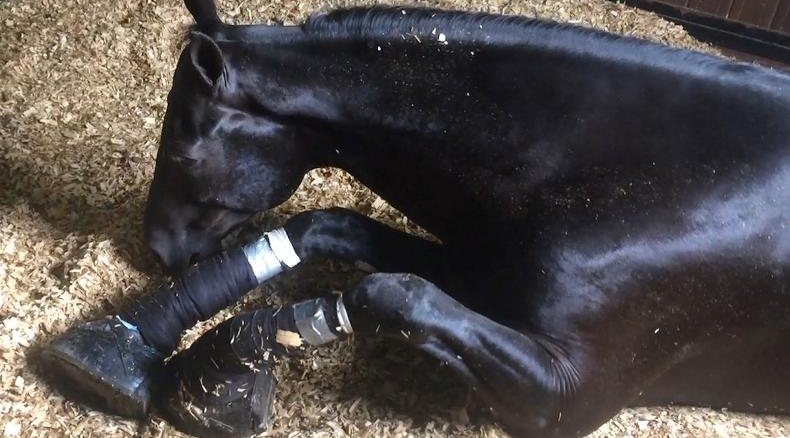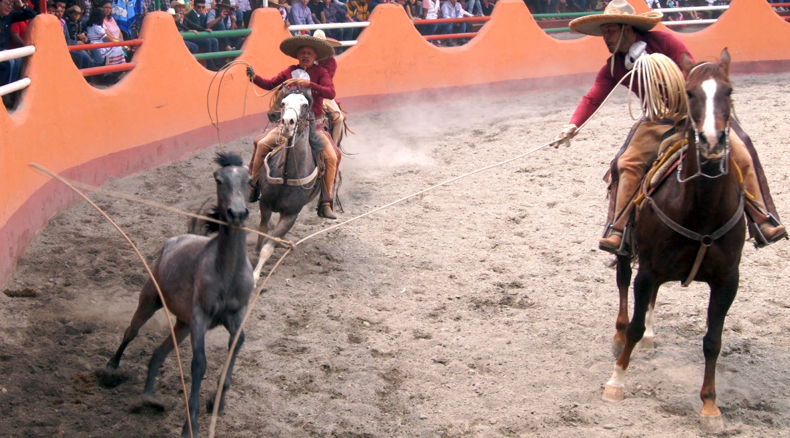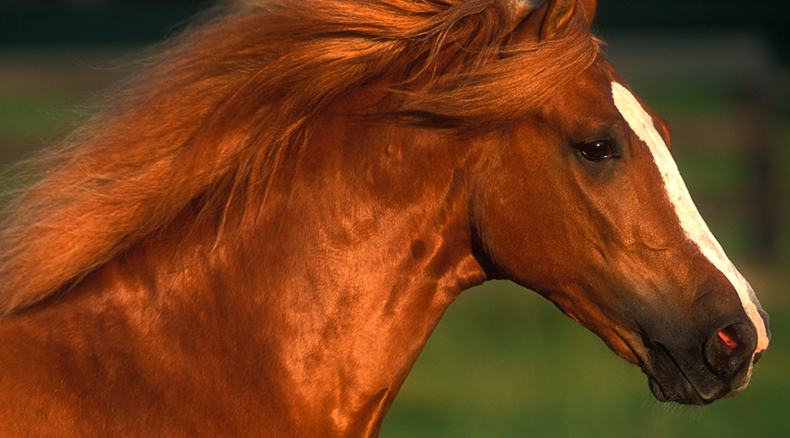
Hello and welcome. We are moving our website effectiveJanuary 2, 2020, to WordPress, home of our blog, Tuesday's Horse. Take a sneak peek. If you are a frequent visitor here you should feel right at home there.
ABOUT US
THE HORSE FUND is the single most influential advocacy group dedicated to the protection of horses. Get involved. Join us. Together let's see what we can do. Let's get started.
TAKE ACTION!
PENDING LEGISLATION
FACT SHEETS
CARRIAGE HORSES
HORSE RACING
HORSE SLAUGHTER
HORSE SORING
HORSE TRIPPING
PREMARIN® HORSES
WILD HORSES & BURROS
See also Horse Fighting » Horses in Film »
Search Us
Get in Touch
Fill out my online form.

Gift Shop » Tuesday's Horse » On Twitter »
Tweet
LEGAL NOTICES
Main Image ©Bob Langrish by Gracious Permission
THIS SITE © 2019 THE HORSE FUND. ALL RIGHTS RESERVED.

